Atlantic Salmon: How it’s Made
As a worldwide seafood distributor, millions of seafood lovers worldwide enjoy our products every year. In this blog, we explain the farming process of Atlantic salmon, from egg to finished product.
Phase 1: Roe (fish eggs)
Salmon start their lives on land, in an incubator tray. Like wild salmon, fertilization of the roe takes place in fresh water. For around 80 days, they are kept at a constant temperature before hatching.
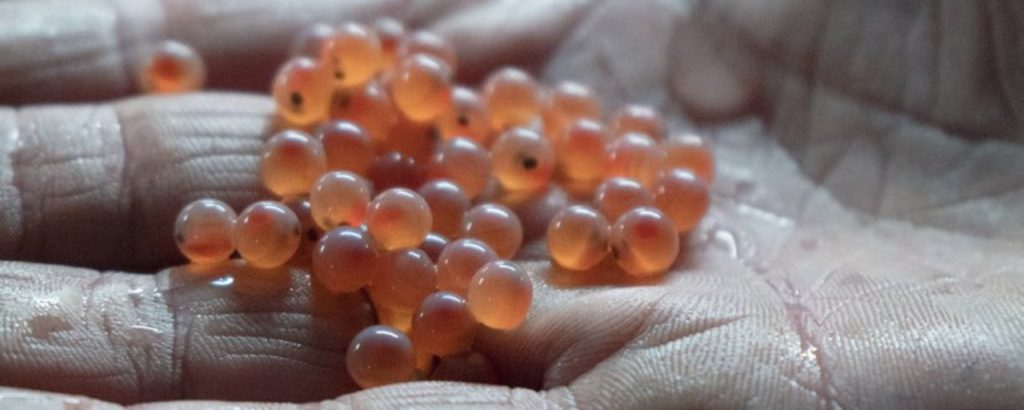
Phase 2: Fry
After hatching, the salmon is called ‘Fry’. The first 4-6 weeks it feeds itself by a sac on its stomach. Once this has been consumed, they start to eat feed. They are fed with pellets, and as the fry grows they are transferred to larger tanks.
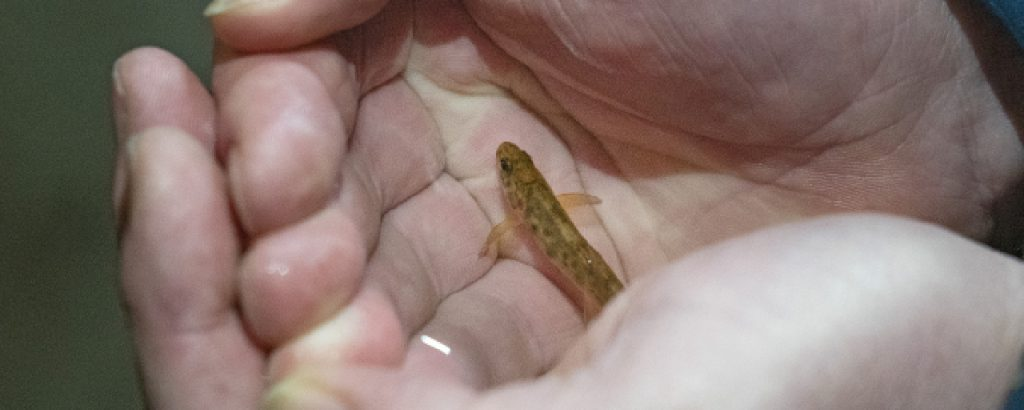
Phase 3: Smolt
The fist 10-16 months in fresh water are called ‘smoltification’. In this process the salmon is enabled to live in salt water. When they are placed into the sea the first time, the salmon weigh about 80-120 grams.
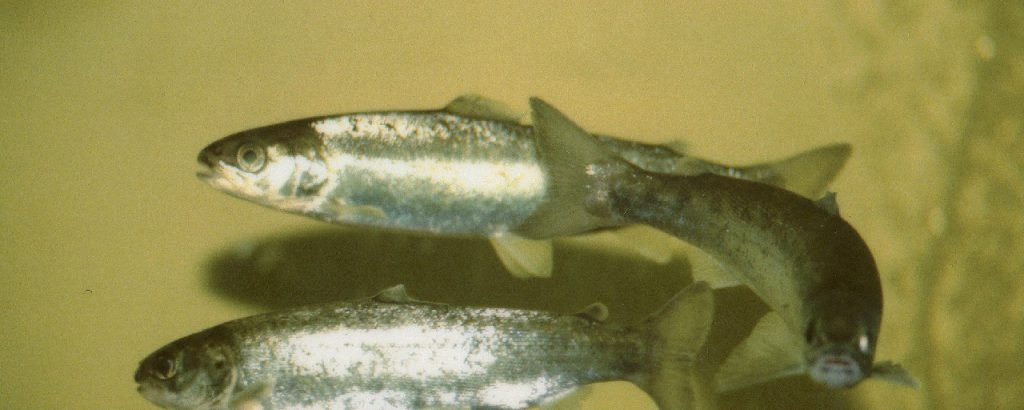
Phase 4: Mature salmon
We rear the salmon in ocean pens for 14-22 months. The fish are fed using a feed system until they reach a weight of 4-6 kg. The fish are then ready to be processed.
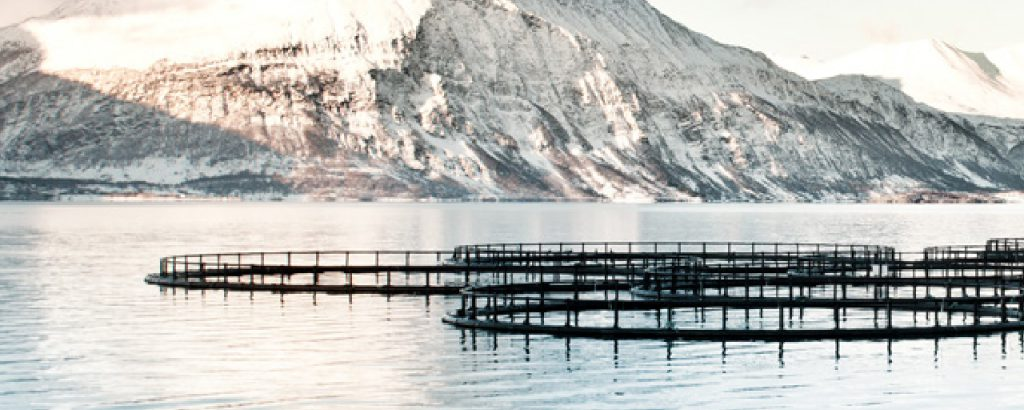
Phase 5: Processing
Time spent from sea to shipment is on average 6-8 hours. The salmon are sorted into size and quality, after which they are packed in ice or sent to filleting. According to customer wishes, the salmon fillets can be portioned, skinned and/or vacuum packed.
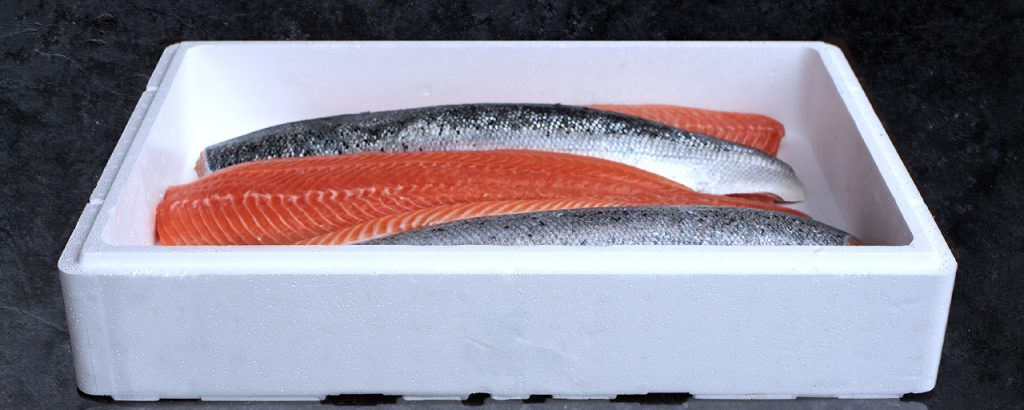
And there you have it, the journey of our Atlantic salmon! By controlling the entire supply chain from egg to plate, we can ensure fresh all natural North Atlantic seafood products and serve our customers with pristine quality fish.